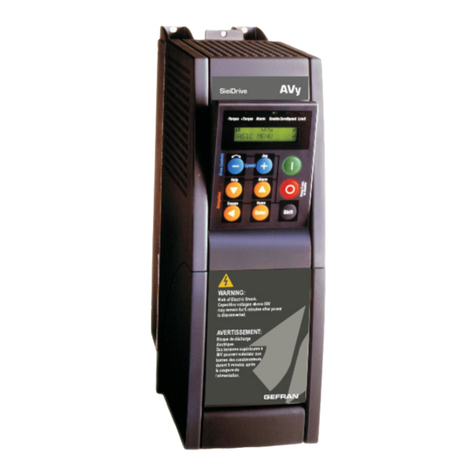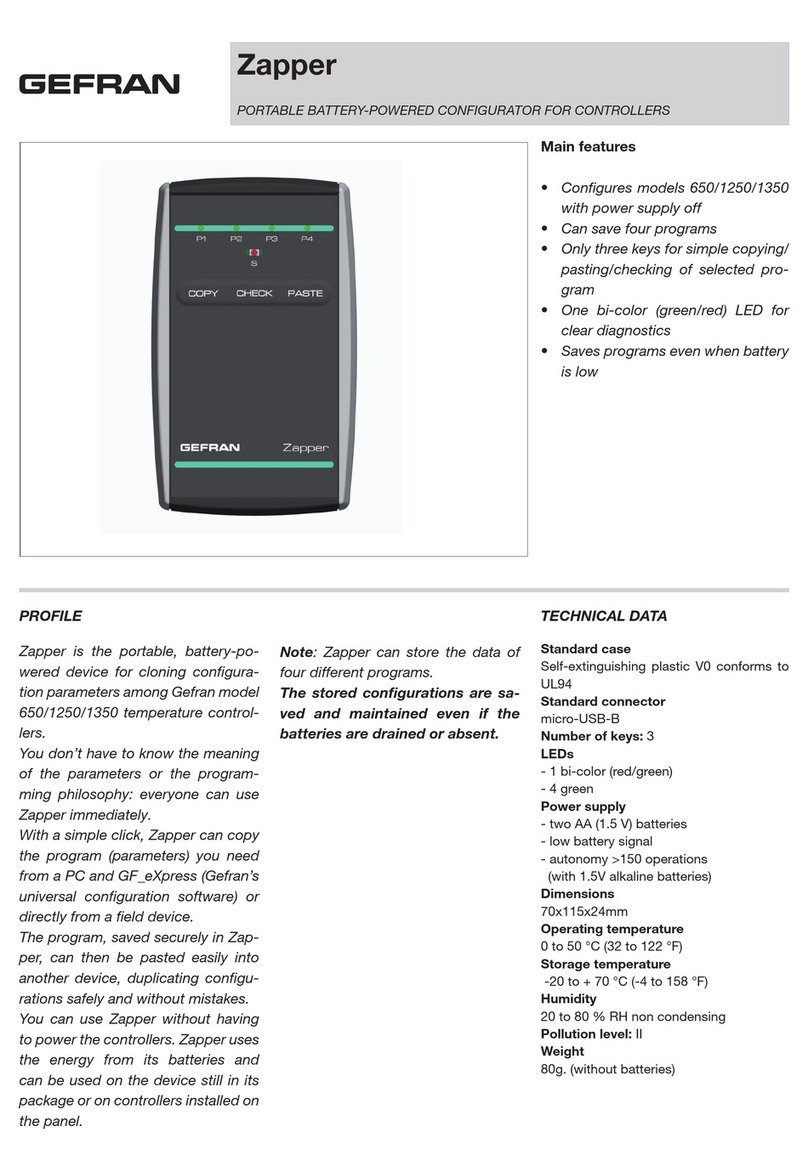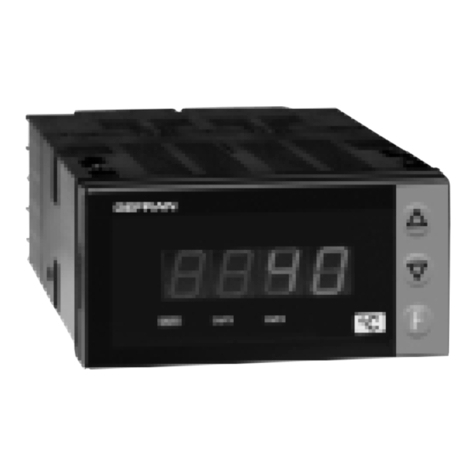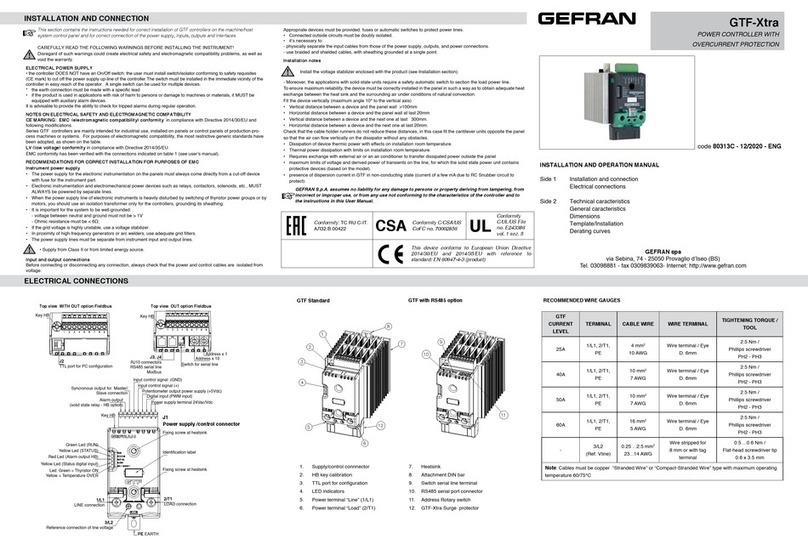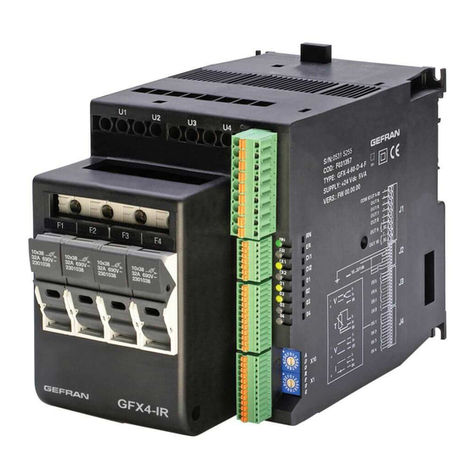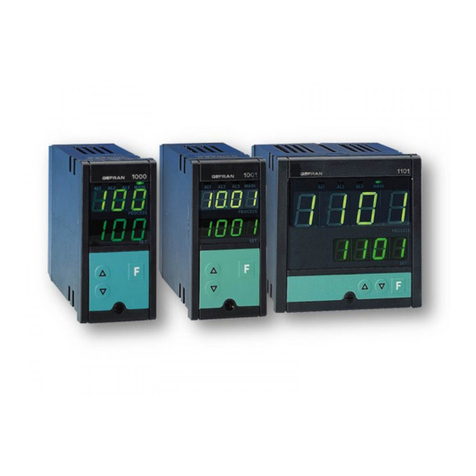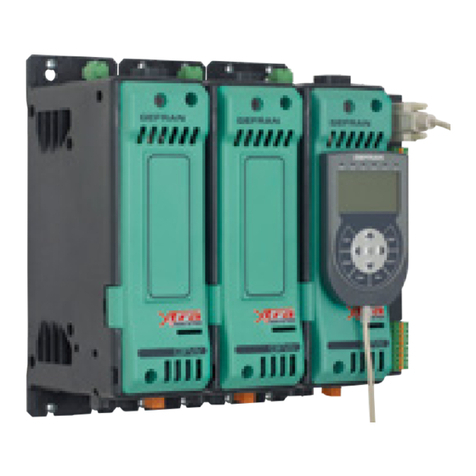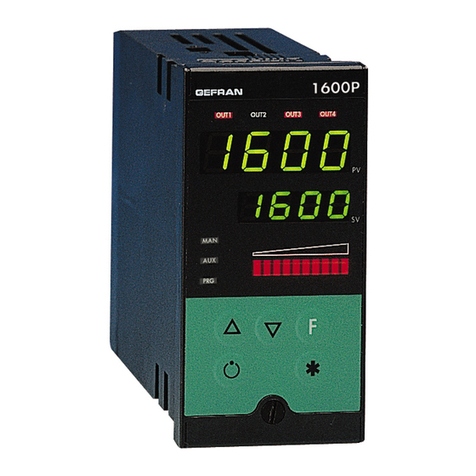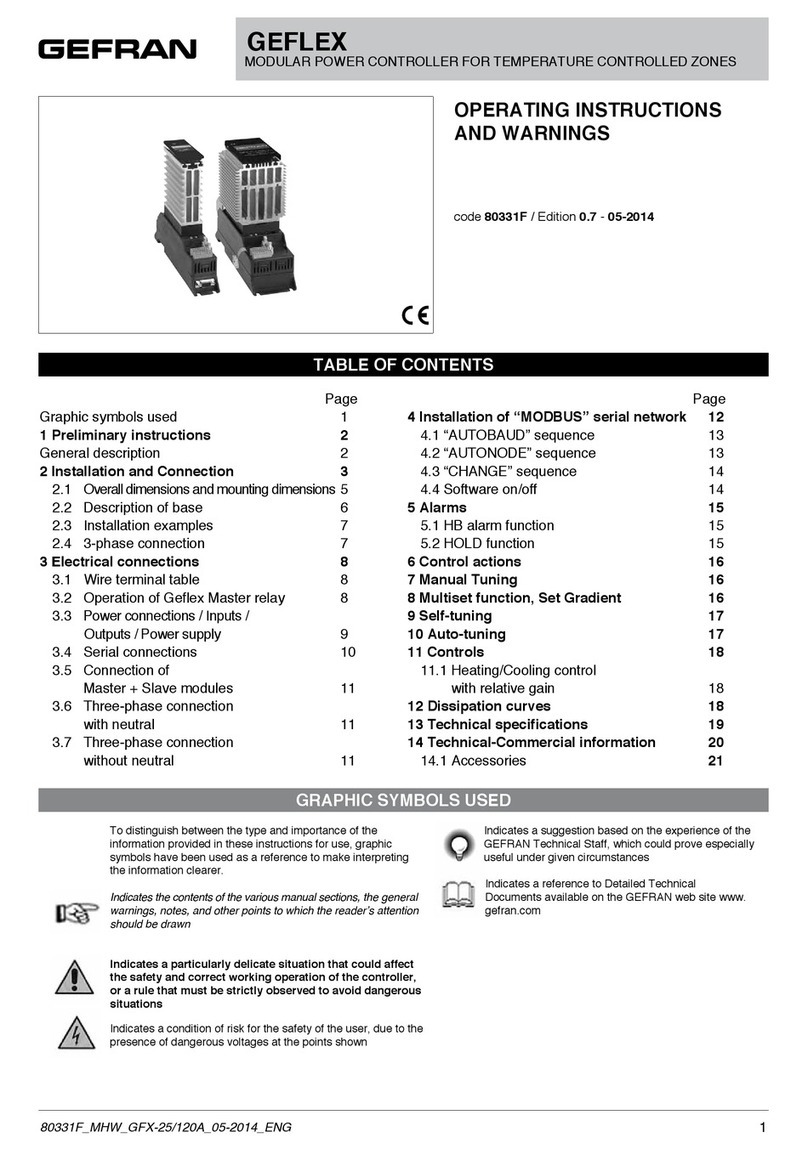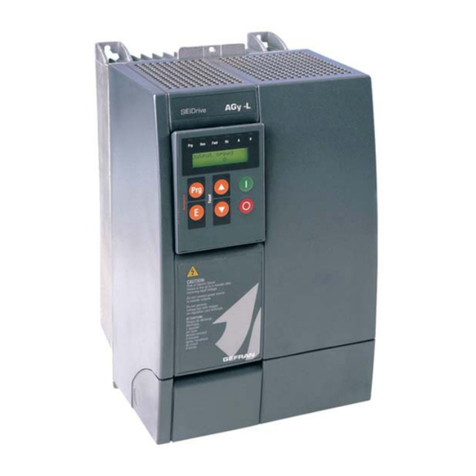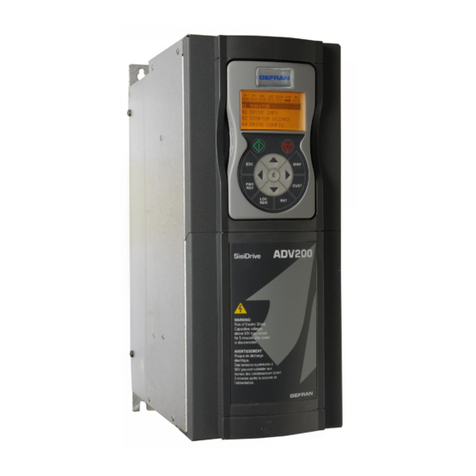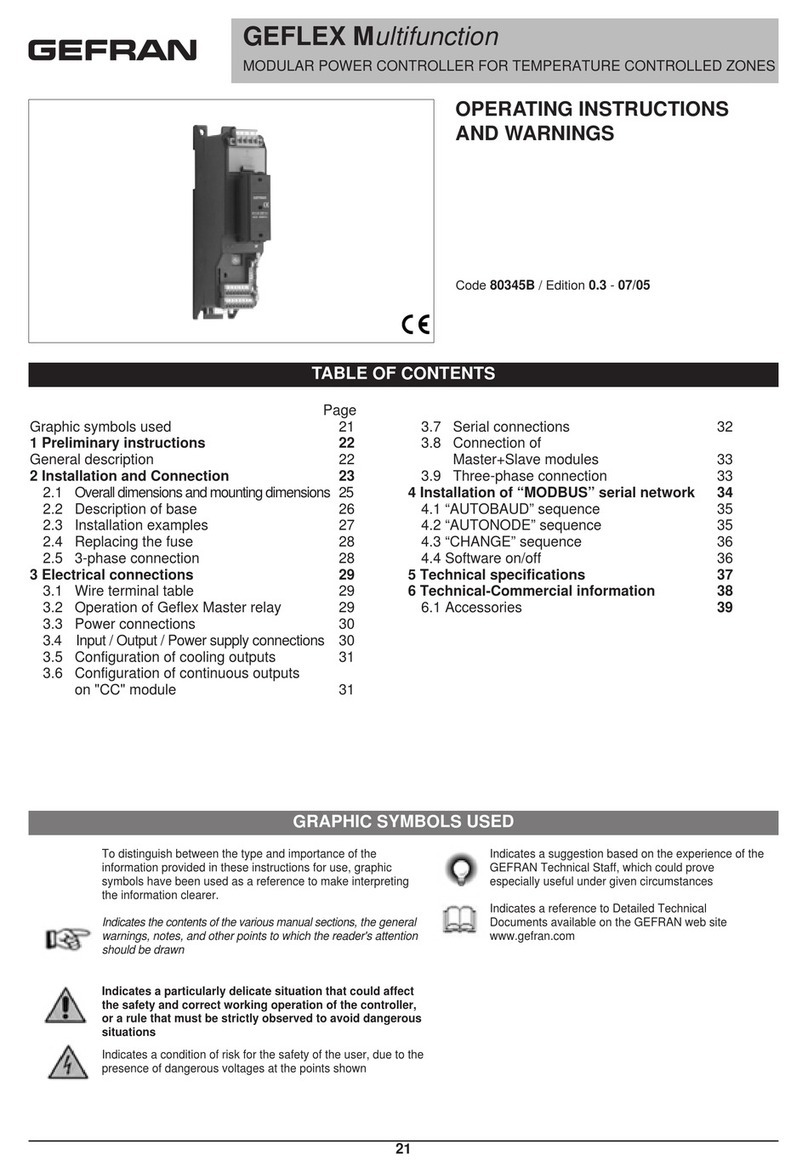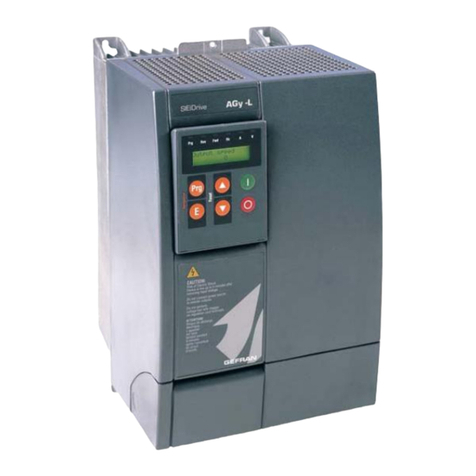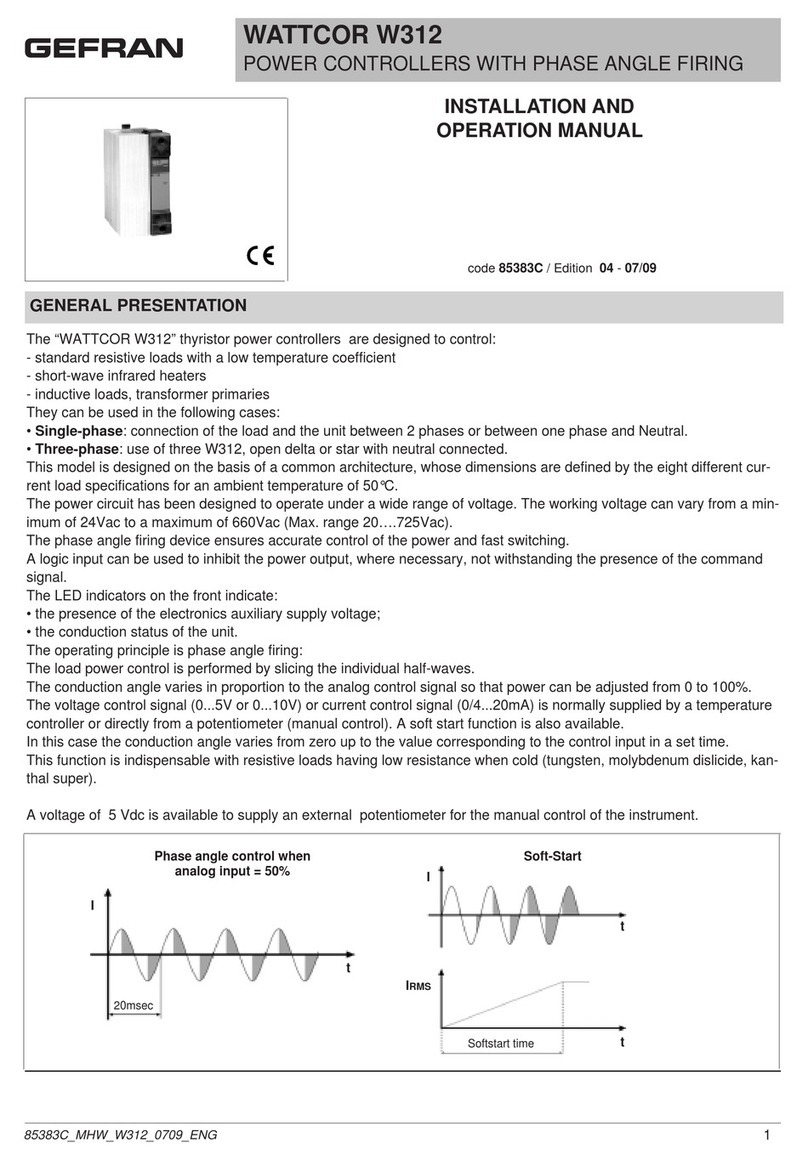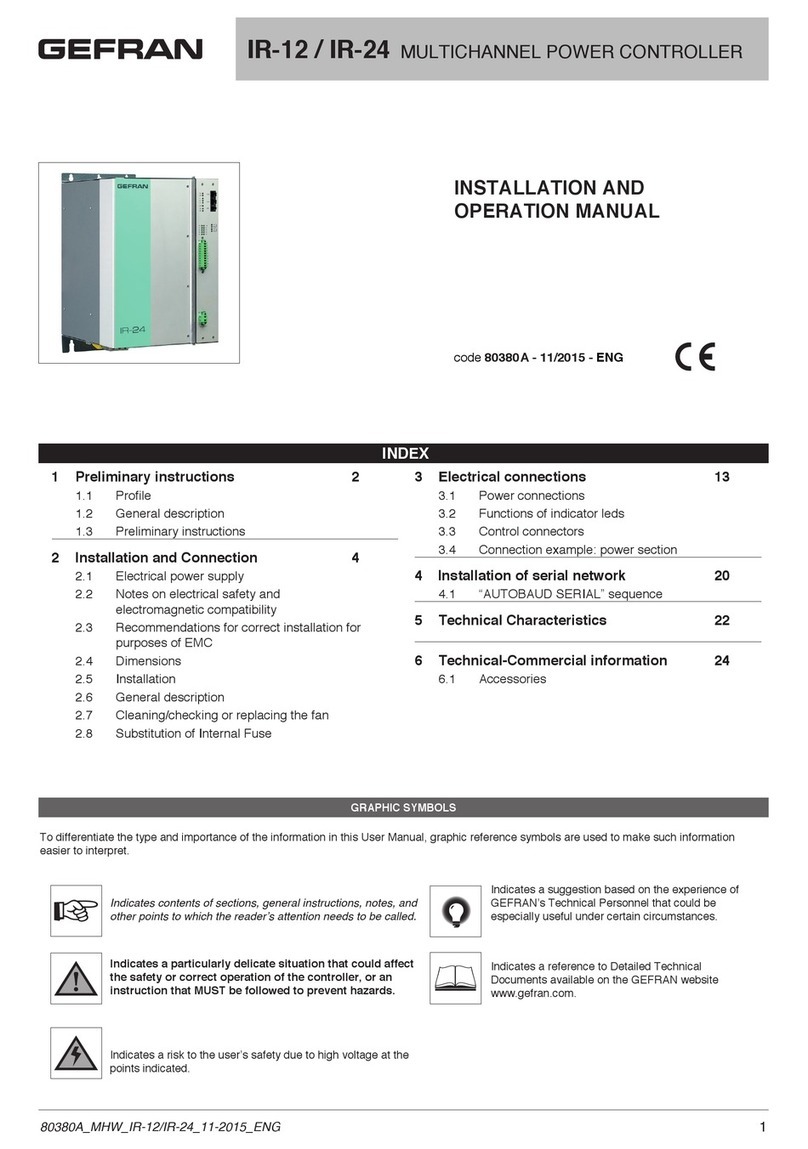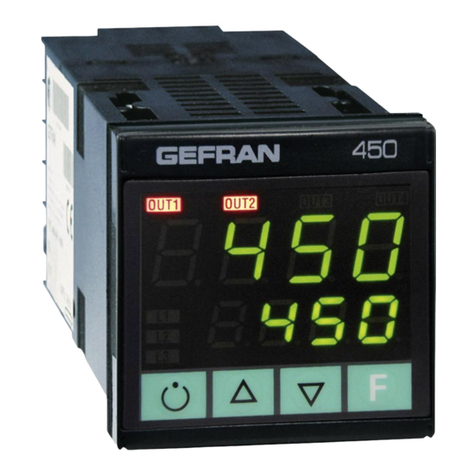
480582_User Manual_GSLM_11-2020_ENG
The goal of the GSLM is to optimize the management of
resistive electric loads� A typical issue, in plants, that use
electric heating systems, is to absorb instantaneous
electrical powers that are considerably higher than the
average required ones� A not managed distribution of
demand leads to an increase in the cost of electricity supply�
The increase is not due to actual greater consumption of
energy, but by the absorption peaks reached� Generally, the
tariffs for electricity supplies, vary according to the maximum
absorption achieved during a given period� The reached
peak determines the energy price *�
To measure the imbalance of absorption over time, we use
the Power Efciency Factor.
PEF=(Pmax -( Pimax - Pimin))/Pmax
Where Pmax is the total of the installed powers. Pimax and
Pimin are respectively the maximum and minimum powers
reached by adding the instantaneous powers of each load�
*NOTE: How and much how the price is increased will
depend on the contract. Automatic contract-size changes
can be implemented by the distributor, with a relative
increase in maintenance costs required� In addition, could
be applied xed costs for each kW exceeded above the
contractual threshold�
The peaks can occur mainly for two reasons: rst is the
high absorption in the initial stages of heating, the second
is the lack of temporal organization of the ring. With the
GSLM connected to Gefran’s GFW/GPC and GPC power
controllers, these situations can be avoided� The supervision
of the powers required of each controller is processed by the
GSLM to plan the best ring strategy. The GSLM consists of
two main features:
-Load Shedding: makes sure that the required power does
not exceed a certain threshold. If this happens, the delivery
will be postponed ensuring a cut in peak absorption�
-Load Sharing: distributes the ON and OFF cycles of the
individual controllers over time as evenly as possible, trying
to achieve maximum absorption efciency (PEF=1).
Let’s take the example of a 500kW installed power heat
treatment plant� The system will typically absorb 100%
of power (500kW) only in the start-up phase, while
the maintenance phase will have a very low average
consumption, let’s assume 50% (250kW). This is the typical
situation, where the initial peak is used to achieve plant
stability in the shortest possible time� The other situation in
which power peaks can occur is the maintenance phase�
However, it is necessary to analyze the load control strategy
in more detail, to understand how peaks can be generated in
a phase in which only 50% of power is required. Let’s assume
that the plant in question is managed by 10 power controllers
of 50 kW each, which work in full waves, alternating the ON
and OFF cycles� The 10 controllers will go to 50% of their
nominal load� Therefore, 50% of the periods to 50 kW and
the remaining 50% to 0 kW� This means that, if the correct
ring synchronization is not provided, the system could
absorb peaks of 500 kW even if the average consumption
is 250 kW�
The Power Efciency Factor in this case, without the
intervention of the GSLM, is 0. Because Pmax=10x50kW=
500kW, Pimax and Pimin worth respectively 500kW and
0kW� The situation described above is represented in the
following graph�
Trend of the instantaneous power during the control at 50% of the
total power (PEF=0)
By letting the power controllers work independently, even
better conditions could be achieved, but these are not
always guaranteed. See the following graph for an example.
Trend of the instantaneous power during the control at 50% of the
total power without GSLM action (PEF=0.6)
In this simple example it is clear that to improve the results
it would be enough to combine the ON cycles of the rst
5 controllers with the OFF cycles of the second 5 and
vice versa. At this point, the Pimax would be 250kW, like
the Pimin, and therefore the PEF = 1� The result of this
management is the one shown in the following graph�
Trend of the instantaneous power during the control at 50% of the
total power with the action of the GSLM (PEF = 1)
GSLM SCOPE
